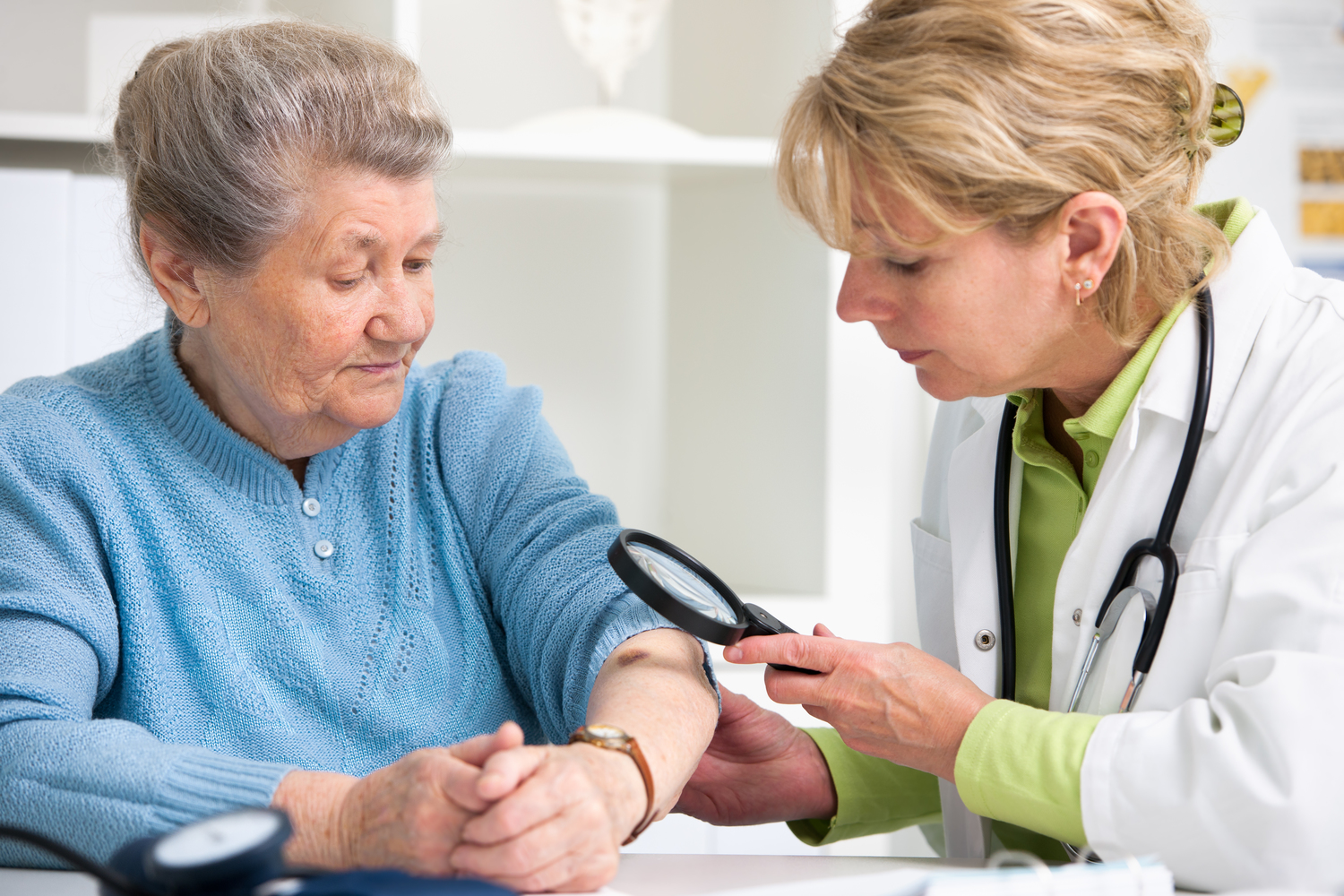Risk Factors and Early Signs of Melanoma
Melanocytes are skin cells that produce melanin, providing the pigmentation necessary for our hair, skin, and eyes. Cancer that begins in these cells is termed melanoma. Usually, this condition begins in the chest or back for men and the legs for women. However, it can begin in the skin cells in our neck, face, palms, soles, and under our nails.

Risk factors
Doctors, scientists, and researchers have yet to isolate the core causes of melanoma and other related skin cancers. However, they have been able to identify many factors that increase its risk. Some of the common risk factors include
Sunlight and ultraviolet radiation
Anyone who has been exposed to intense sunlight as a child or has a history of frequent and severe sunburns is at a higher risk for developing skin cancers like melanoma. If one has been exposed to direct sunlight on a regular basis, they too are at risk, particularly in the face, neck, and arms.
Acquired gene mutations
Acquired genetic changes are genetic changes that happen in a single cell after conception. They are the change that damages genes during a person’s lifetime. Acquired gene mutations can lead to cancer.
Skin color
One’s skin complexion can also put them at risk for skin cancer. People with freckles who are fair-skinned and have red or fair hair are at higher risk for developing melanoma. People with darker skin can get it, but the risk is considerably lower.
Atypical mole syndrome
People with multiple moles, moles bigger than 5 mm in diameter, or moles with unusual sizes are at higher risk of melanoma.
Congenital melanocytic naevus
Congenital melanocytic naevus is pigmented proliferations in the skin present at birth or develops right after birth. The proliferations contain melanocytes and could be large and abnormal. While small birthmarks do not pose any risk, congenital melanocytic naevus, larger than 20 cms, can develop cancer.
Family history
If anyone’s close relatives like parents, siblings, or children have been affected by melanoma before the age of 30, they are also at risk of developing it.
Weak immunity
Some may have a naturally weak immune system, or certain conditions could weaken their immunity. Doctors use immunosuppressants for treating cancer patients and new organ recipients, which raises the risk of skin cancers like melanoma.
Genetic factors or genetic mutations
An inherited genetic condition known as Familial Atypical Multiple Mole Melanoma (FAMMM) increases the risk of melanoma as many family members may have large numbers or unusual moles in different colors and irregular shapes.
Underlying conditions
People under treatment for inflammatory bowel diseases like Chron’s disease and ulcerative colitis are at risk of developing melanoma. The risk is higher in patients who have undergone immunosuppressive therapies.
Early signs
Melanoma spreads at quite a rapid rate; hence, early diagnosis and treatment are crucial to prevent any complications and prevent the spread of melanoma to other parts of the body. A non-cancerous mole may be round or oval. If one notices a mole of an unusual shape, it is important to immediately notice and contact a doctor and get screened for any cancerous cells. If the mole is growing, bleeding, itchy, or changing shape and color, medical attention is required. One can also check photos of regions where skin cancer has developed and compare if there are any similarities with the patterns that are developing in their skin. When spreading awareness of melanoma signs, healthcare professionals always ask patients to stress checking the ABCDE factors:
Asymmetry
Melanomas are typically asymmetrical and are neither round nor oval.
Border
The borders of melanomas may have notched edges and are uneven, unlike normal moles, which have smooth edges.
Color
Melanomas can be in black, tan, or brown shades and may turn red, blue, or white as they grow.
Diameter
If a mole in any part of the body is bigger than a fourth of an inch and has other attributes like asymmetry or uneven borders, it could signify melanoma.
Evolving
Any mole or any new pattern of any size or color that continues to grow is a sign of melanoma.
While cancer like melanoma starts from moles, it can also affect other areas of the skin. Paying attention and watching new changes can help detect the condition early. When melanoma spreads to other regions of the body, it is known as metastatic melanoma. Since abnormal moles are early warning signs of melanoma, one must be wary of changes in their skin. Early detection of melanoma can prevent this skin cancer from metastasizing. If the melanoma spreads to other body parts, the symptoms are
Bone
Unexplained fractures or pain in the bone
Brain
Severe, frequent headaches or seizures
Liver
Unexplained weight loss or loss of appetite
Lungs
Persistent and unrelenting cough
Lymph nodes
Swelling of the lymph nodes
On noticing any symptoms of melanoma or other skin cancers, it is important to contact a doctor for an early diagnosis that can confirm or rule out the condition.











